What Is the Best Wood for Knife Handles? (With Pictures)
-
Pete Ortiz
- Last updated:

The handle, or scale, of a knife is almost as important as the blade of the knife itself. It doesn’t matter how sharp and durable the metal is if the handle falls apart or prevents you from being able to apply pressure with the knife head. Typically, the handle needs to be comfortable to grip, shaped to fit your grip, and it should be durable so that it will last as long as the rest of the knife. Wood is generally considered the material of choice for knife handles because, while it can be expensive, it is well balanced, durable, and comfortable, but this will ultimately depend on the type of wood used.
 Hardwood vs Softwood vs Stabilized Wood
Hardwood vs Softwood vs Stabilized Wood
Most knife handles are made using hardwood but there are three primary categories of wood that can be used: hardwood, softwood, and stabilized wood:
- Hardwood – Hardwood tends to be dense and is harder than most softwoods, according to the Janka scale of hardness, although there are exceptions to this. Hardwood is more expensive than but will usually outlast softwood by orders of magnitude. Because a knife handle doesn’t require too much wood, many artisans and knifemakers consider the extra cost to be well worth the investment.
- Softwood – Softwoods tend to be less dense than hardwood and they are more easily damaged by bumping and scraping. Softwood is less commonly seen as a material on expensive and high-end knives, but there are some softwood species that make the grade.
- Stabilized wood – Stabilized wood is wood that has been treated with a stabilizing agent. The stabilizer is applied as a liquid, allowed to seep into the wood grain, and then sets or hardens. This prevents the wood from warping and can protect it so that the wood lasts longer and does not suffer from malformation over its life.
The 10 Best Woods For Knife Handles
There is no single wood that is better than all others when making knife handles and it depends on the intended purpose of the knife, budget, and even personal preference. Some woods are more decorative than others, too, which may make them a better choice for your knife making requirements.
Below are 10 of the most commonly used woods that are considered to have the desirable qualities that a knife handle requires:
1. Oak
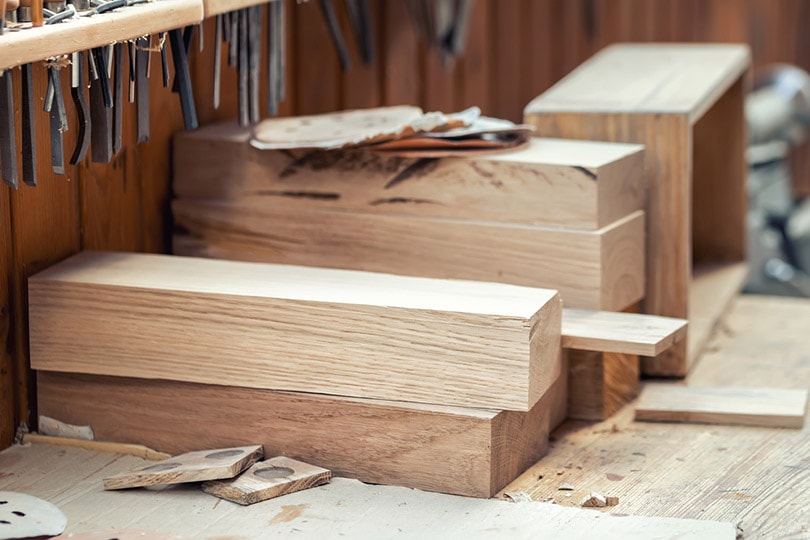
Oak is one of the most commonly used woods with a wide variety of uses. It is very strong and durable but is easy to carve and work with. Despite its beneficial features, oak wood is relatively cheap because it is so widely used and widely available. It tends to be a lighter color, although darker oaks are also available, and it can be inscribed and carved to create very decorative handles.
2. Rosewood

Rosewood is another popular hardwood material. It is darker than oak and can be found throughout the world. Indian rosewood is the preferred species for knife handles and is considered an attractive wood that is very durable and hardwearing. It also resists termites and other insects, which makes it a good choice for an outdoor knife or one that will be kept in a shelter or shed.
3. Ebony
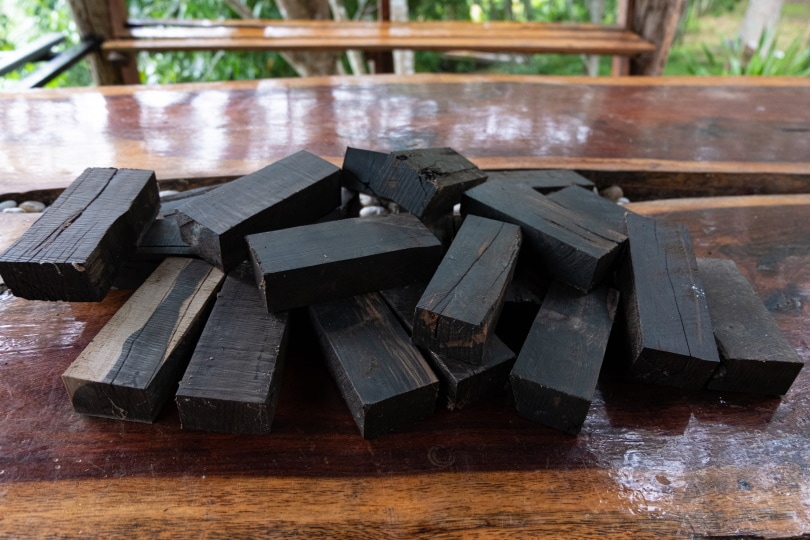
Ebony is a very dark colored wood and a knife handle made from this material will stand out. This is another wood that is insect resistant but its popularity for decorative work and carved handles does mean that it comes at a premium. If your budget permits, however, it is a very good choice of handle material.
4. Walnut

Native to parts of North America, walnut is quite easy to get hold of. It is strong and durable but is more commonly chosen for its attractive, dark grain. It is easy to carve and shape according to your crafting whim, but it takes more work to finish this wood than others. It is also quite an expensive option.
5. Birch
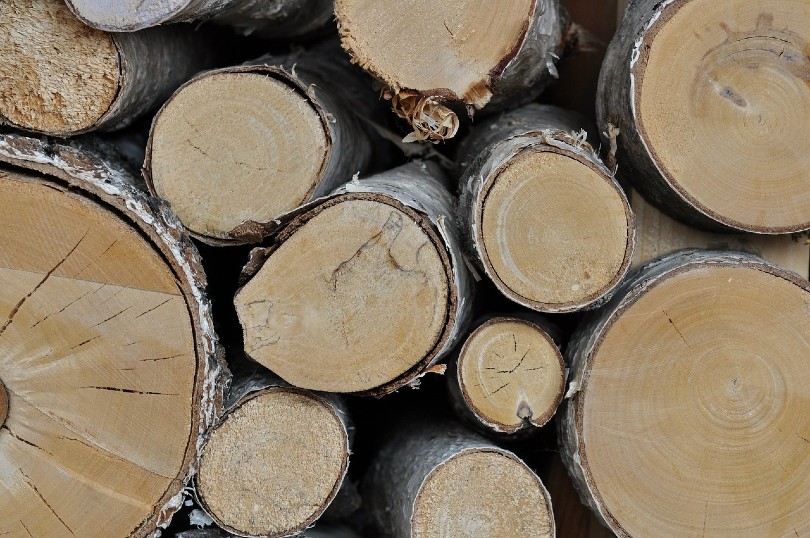
Birch is another wood that is grown around the world and this hardwood is very hard on the Janka scale. It can be mistaken for maple. Birch, or laminated birch, is typically chosen because it is so abundant and because it is a fast-growing tree with low manufacturing costs. If the handle does become discolored after a few years of use, it can even be refinished to recapture its original looks.
6. Cherry
Cherry wood has a unique red color to it, although this can vary according to the exact species of cherry tree. It has a tactile texture thanks to its fine grain. It is not as hard as other woods but is hard enough that it offers decent resistance and won’t suffer undue wear and tear.
7. Hickory
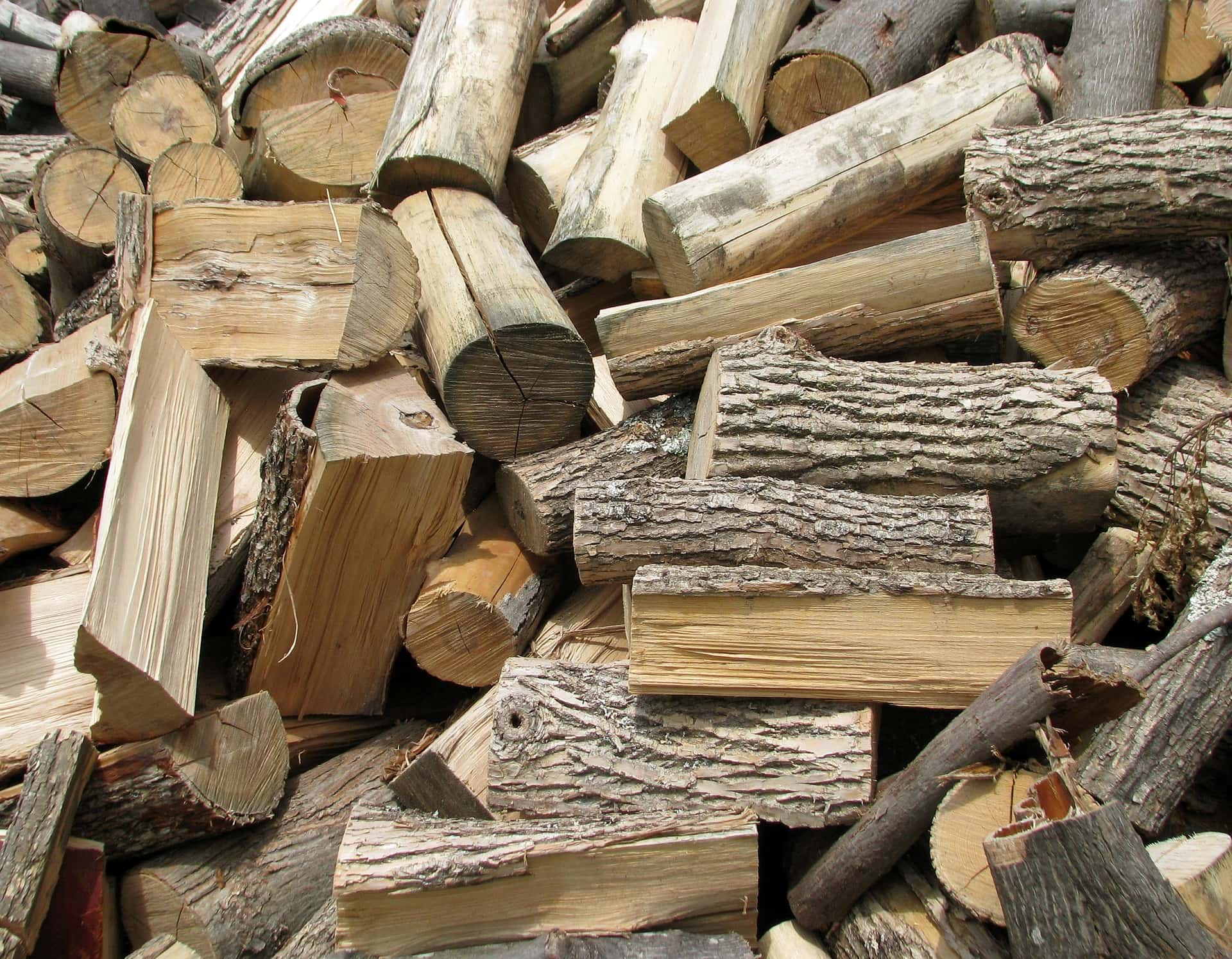
Hickory is strong and tough. It is also shock resistant which means that it is useful for making handles for striking tools including axes and some survival knives. It can be carved, and the light wood has darker streaks, which give it a luxurious appearance.
8. Cocobolo
Cocobolo may not be as well-known as oak, but it is popular for its toughness and hardiness. It is especially useful because it is durable and effective when dry or wet and it is resistant to insects, which makes this a popular material for crafting survival knife handles. It is an expensive wood, but the handle will last for many years.
9. Blackwood
Blackwood, as the name suggests, is a very dark wood that appears almost black. It has a fine grain so is comfortable to hold but because it is a very tough wood, it can be difficult to work with. It is also an expensive wood and is typically used when the knife maker wants a naturally dark handle.
10. Burl
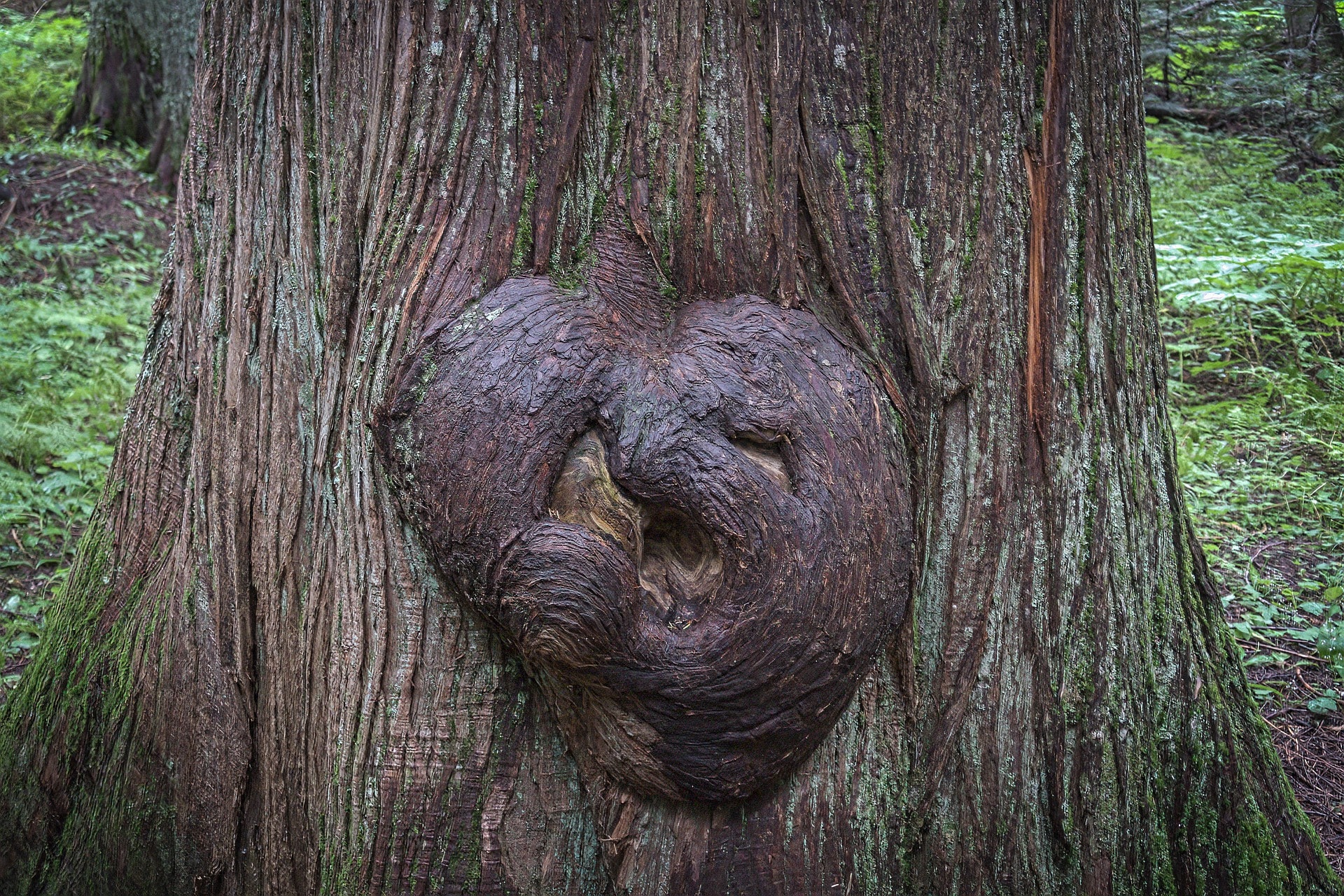
Burl is a somewhat rarer wood, and it is one of the most expensive options when it comes to crafting knife handles. Although expensive, and therefore most often used for decorative handles rather than functional, it is still a hard material that resists rotting well. Available in a variety of colors, burl is best used for decorative work.
 In Conclusion
In Conclusion
Wood is the preferred material for crafting virtually all types of knife handles. It is durable, can be carved and shaped to create an ergonomic handle design, and it offers the resistance and durability that gives the knife user the confidence to work. Above, we have listed 10 of the best woods to use when making knife handles to help you choose the one that best fits your crafting requirements.
Featured Image Credit: Pixabay
Contents

 Hardwood vs Softwood vs Stabilized Wood
Hardwood vs Softwood vs Stabilized Wood